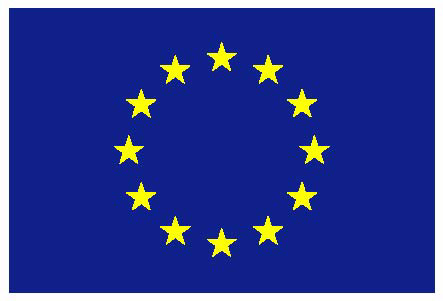CALIFA
The Integral Field Unit (IFU) survey CALIFA on the 3.5m Calar Alto Telescope, will provide spatially resolved star formation rates, histories, stellar and gas phase metallicities and kinematics of 600 local galaxies, including spirals, ellipticals and a few mergers. The survey is unique in the IFU survey domain, due to the unprecedented field-of-view of the instrument (>1 arcmin2) and wavelength coverage (3700-7000Å) at moderate resolution (R~850). Unlike any other current or planned IFU survey, CALIFA will observe, over the entire visible extent of the galaxies, all the emission lines used to distinguish AGN from star formation and measure gas-phase metallicity, the 4000Å break region crucial for recovering recent star formation histories, and measure all the common metal lines to obtain stellar metallicity. A second pointing is made of all galaxies at R~1650 for kinematical studies (3700–5000Å). The first data release of the survey can be found here.
SDSS
The Sloan Digital Sky Survey (SDSS) is arguably the greatest legacy survey of the last 10 years, unsurpassed in both the quantity and quality of data it provides on local galaxies (z < 0.2). Mergers are an insignificant mode of star formation in the local Universe, but the rate of evolution of this mode of star formation is an important constraint on models. Over the duration of the ERC grant, the SDSS will remain the reference point of choice for comparisons at higher redshift.
GAMA
The Galaxy And Mass Assembly survey (Driver et al. 2009) is the latest advance in medium-deep spectroscopic and multiwavelength imaging surveys. It covers 250 deg2 and optical spectra obtained to 2 magnitudes deeper than the SDSS, median z ~ 0.5. Highly complete multiwavelength coverage from the far-UV to FIR will be available over the full area, including deep VISTA imaging and Herschel/ATLAS observations. HI gas masses will be measured with ASKAP (DINGO) with observations expected to commence in the near future. The spatial resolution of optical imaging will be a factor of 2 better than SDSS, allowing the structural analysis of lower-mass or higher-redshift galaxies, and group catalogs are available (Robotham et al. 2011). This cutting edge new dataset is the survey of choice to bridge the gap between CALIFA and CANDELS, with high quality imaging, multiwavelength photometry and good quality optical spectra, reaching to an epoch where merger driven star-formation is expected to be significantly more common than today.
CANDELS
Spectroscopic surveys beyond z ~ 0.5 provide limited information on the stellar populations of galaxies, due to low signal-to-noise of the spectra. Photometric surveys provide the only possibility to extend my results to z ~ 2 and study the properties of merger driven starbursts over 3/4 of the age of the Universe. The Cosmic Assembly Near-Infrared Extragalactic Legacy Survey (CANDELS; Norman et al. 2011) provides deep NIR Hubble Space Telescope imaging across all high redshift fields. The NIR photometry is crucial for this project, as the bands straddle the 4000Å break at z ~ 1-2 which allows us to identify post-starburst galaxies from photometry alone. The deep NIR imaging also provides rest-frame optical morphologies, necessary to study merger remnants in which ongoing star formation may have ceased.


